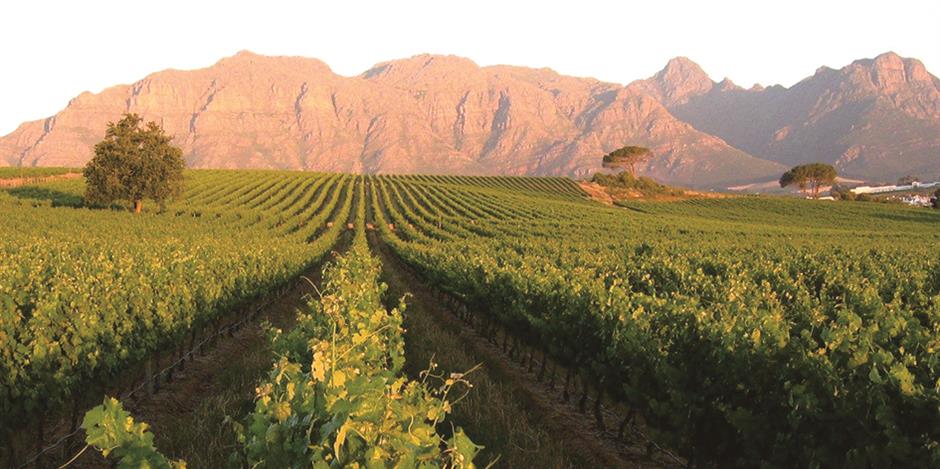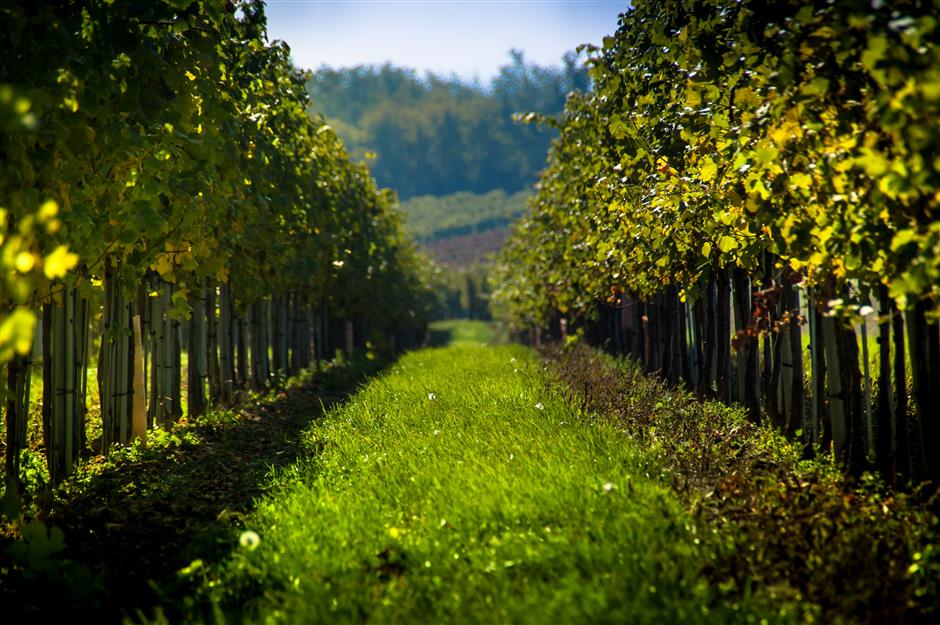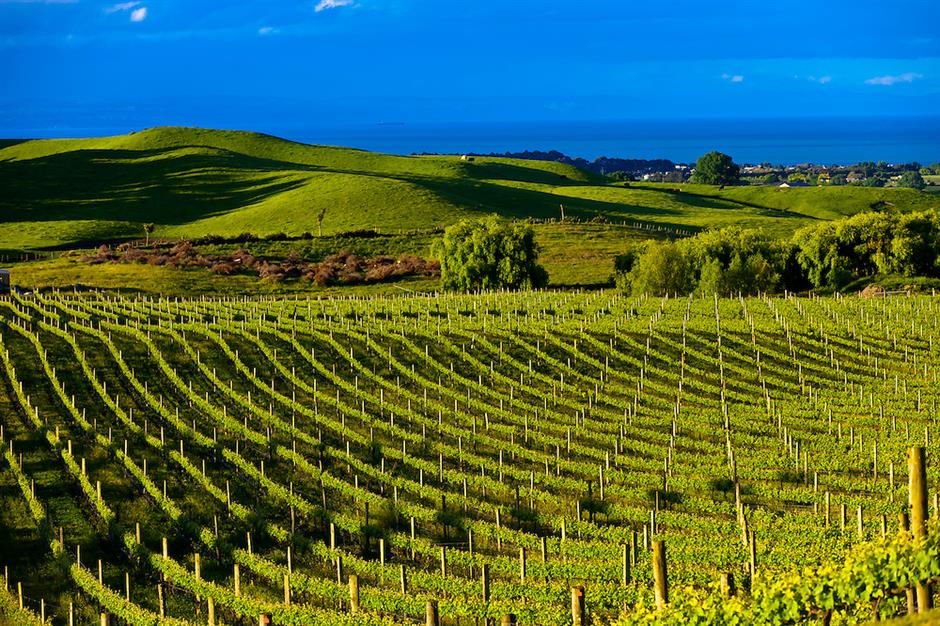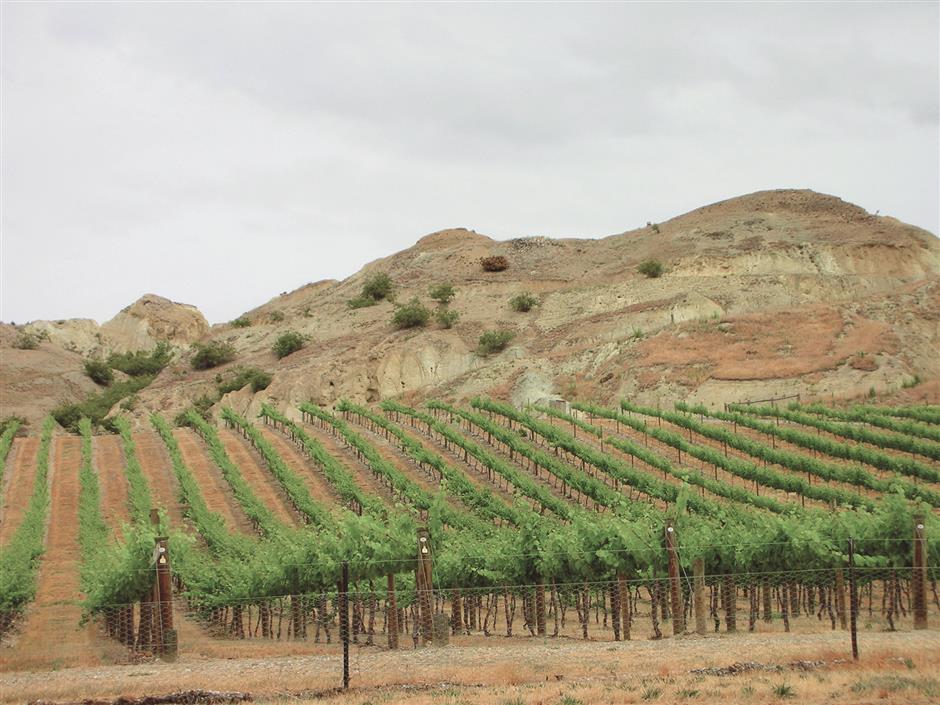Summary
My erudite friends at Shanghai Daily wrote a timely and helpful article on good hygiene in the kitchen. Good hygiene, sanitation, and overall cleanliness have never been more important and are priorities not only in the kitchen but across many food-related businesses — this includes the wine industry.
All food and beverage industries must have strict hygiene protocol and the best sanitation practice as their products directly impact our health and well-being. Fortunately, the wine industry has a natural advantage. Hygiene in winemaking differs from other food industries as the product itself is far less prone to cause food-borne diseases or outbreaks. This is because the low pH and high ethanol content of wines is a hostile environment for most pathogenic germs. Nonetheless, good hygiene is important in making wines as unwanted micro-flora and other contaminants can spoil a wine. Bad wines may not kill you, but they’ll taste like crap.
Over the past 8,000-9,000 years of its existence, wine has been considered safer to drink than water. In some parts of the world, this is still the case. The combination of high acidity, alcohol, and natural antioxidants not only inhibits harmful contaminants but also bequeaths properties that in moderation augment a healthy lifestyle.
This week I’m going to promote good drinking hygiene by introducing wines from South Africa. China wine lovers have long had an affinity and affection for French and Australian wines and many are now learning about the attributes of Italian, Spanish, US and South American wines. Let’s hope the next great discovery for China wine aficionados is South African wines as these Southern Hemisphere marvels are among the most distinctive and affordable wines in the world.
The first South African wine was made over three and a half centuries ago. The founder of Cape Town and father of the South African wine industry was Jan van Riebeek, a Dutch doctor. Already an accomplished merchant in Asia, on April 6, 1652, he landed on the Cape of Good Hope to help the Dutch East India Company establish a way station for a journey between the Netherlands and East Asia.
As a seasoned sailor, van Riebeek was well aware of the dangers of long and arduous sea journeys, particularly the danger of the dreaded scurvy disease. This prolific killer of sailors during the Great Age of Sailing Ships was due to a lack of fresh fruit and vegetables that provided necessary vitamin C. Therefore, one of his first acts upon arriving on the Cape was to plant vines. After seven years of failure, finally, in 1659 he has his first successful vintage and with these humble beginnings the South Africa wine industry was born.
Over the next two centuries winemaking flourished in South Africa, before a confluence of natural and man-made setbacks stymied the industry. The suffering began with a phylloxera outbreak in the late 19th century and continued with world wars, overproduction, industry monopolies, and apartheid sanctions during much of the 20th century. The lifting of apartheid in the early 1990s, subsequent reforms and new investments fostered in a bright new age of wine production in South Africa.
Stellenbosch WO
Established in 1679, upon the banks of the Eerste River, Stellenbosch is South Africa’s second oldest settlement. Winemaking started in earnest with the arrival of French Huguenots in the 1690s and several of the earliest estates still produce wine today. The University of Stellenbosch established a wine education curriculum in 1918 and in 1973 was the central organization in establishing the Wine of Origin or WO appellation designation system of South Africa.
The Stellenbosch region benefits from hilly terrain with well-draining soils and a warm Mediterranean climate augmented by cool afternoon ocean breezes. The uniquely South African Pinotage variety, a cross between Pinot Noir and Cinsault, was created here but today the region is best known for its voluptuous Cabernet Sauvignon- and Bordeaux-blend-style wines as well as bright and lively Chenin Blanc and Sauvignon Blanc wines. Syrah is a new star on the scene while nice Chardonnay and Viognier whites are also made.
The Stellenbosch WO region has seven official sub-regions called wards. They are Banhoek, Bottelary, Devon Valley, Jonkershoek Valley, Papegaaiberg, Polkadraai Hills and Simonsberg-Stellenbosch. The unofficial wards of Blaauwklippen River Valley and Somerset West also make outstanding wines.
Two of the best and most historic Stellenbosch wineries are Meerlust, established in 1756, and Klien Zalze, born in 1695. Both are multi-generational, family-run businesses that make world-class wines. I’m especially fond of the Meerlust Stellenbosch Rubicon, a robust and complex Cabernet Sauvignon, Merlot, Cabernet Franc and Petit Verdot blend, and the Kleine Zalze Stellenbosch Vineyard Selection Chenin Blanc, a stunningly rich, balanced and long white wine. Other fine Stellenbosch producers with wines available in Shanghai are Beeslaar, Waterford Estate, and Hartenberg. Most of the recent Stellenbosch vintages have been good to very good with the outstanding 2015 vintage standing out.
I don’t drink nearly as much South African wine as I’d like to but with my limited experience, I find the wines have a natural affinity for Chinese cuisine.
In particular, I love paring hearty meat dishes like Yinchuan dry-marinated lamb ribs, Sichuan smoked duck and Hakka pig intestines, and bamboo with full-body Stellenbosch Syrah- and Bordeaux-style blends. The rich and balanced Chenin Blanc wines are wonderful with many Shanghai fish dishes, including eel in red sauce, braised yellow croaker, and the classic appetizer smoked carp.
Star Wine
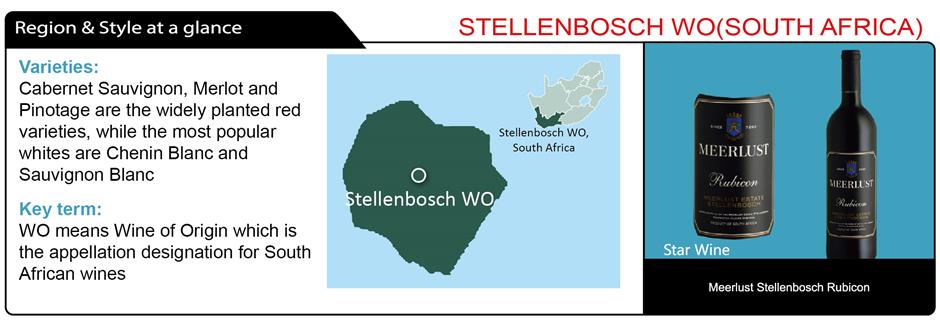
Where to buy in Shanghai
www.everwines.com
Meerlust Stellenbosch Rubicon
Meerlust Stellenbosch Merlot
Kleine Zalze Stellenbosch Vineyard Selection Chenin Blanc
Kleine Zalze Stellenbosch Celler Selection Chenin Blanc
Kleine Zalze Stellenbosch Vineyard Selection Pinotage
Anteroom, 1222 Changle Rd, 5858-6689
Beeslaar Stellenbosch Pinotage


